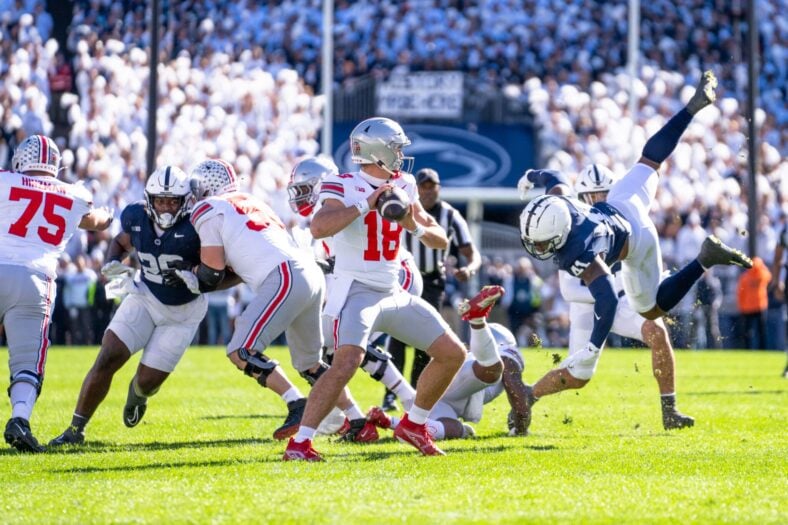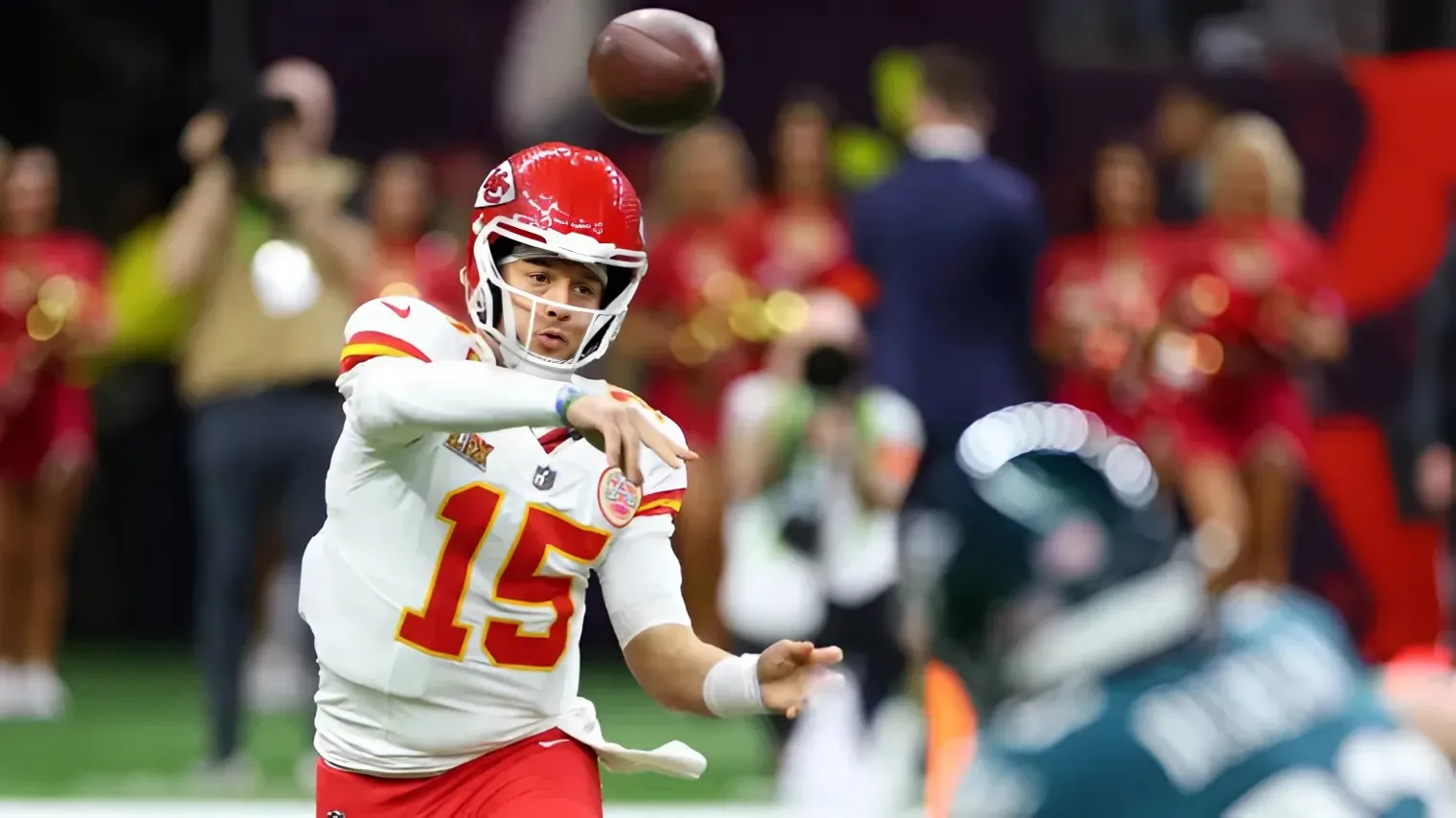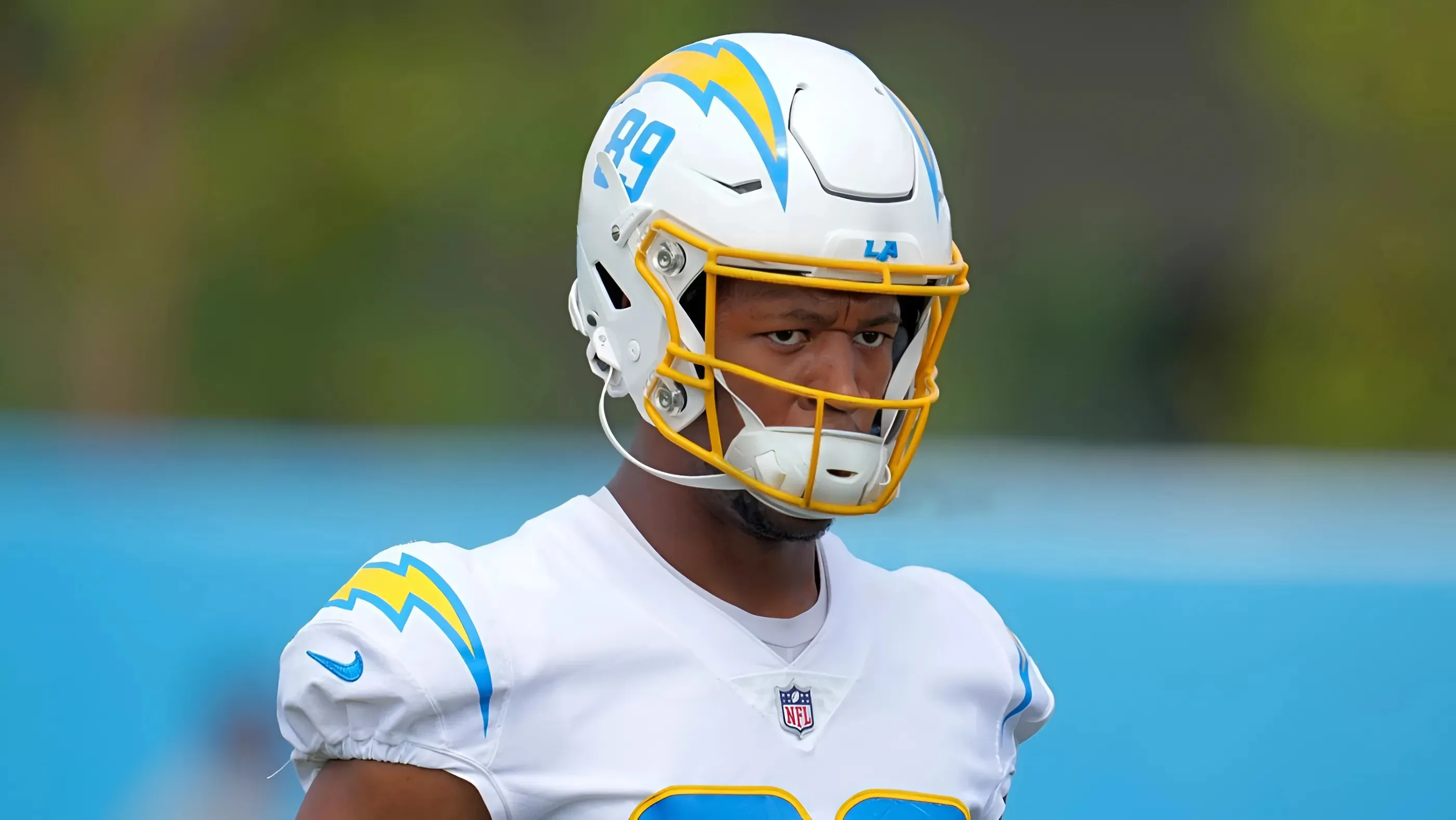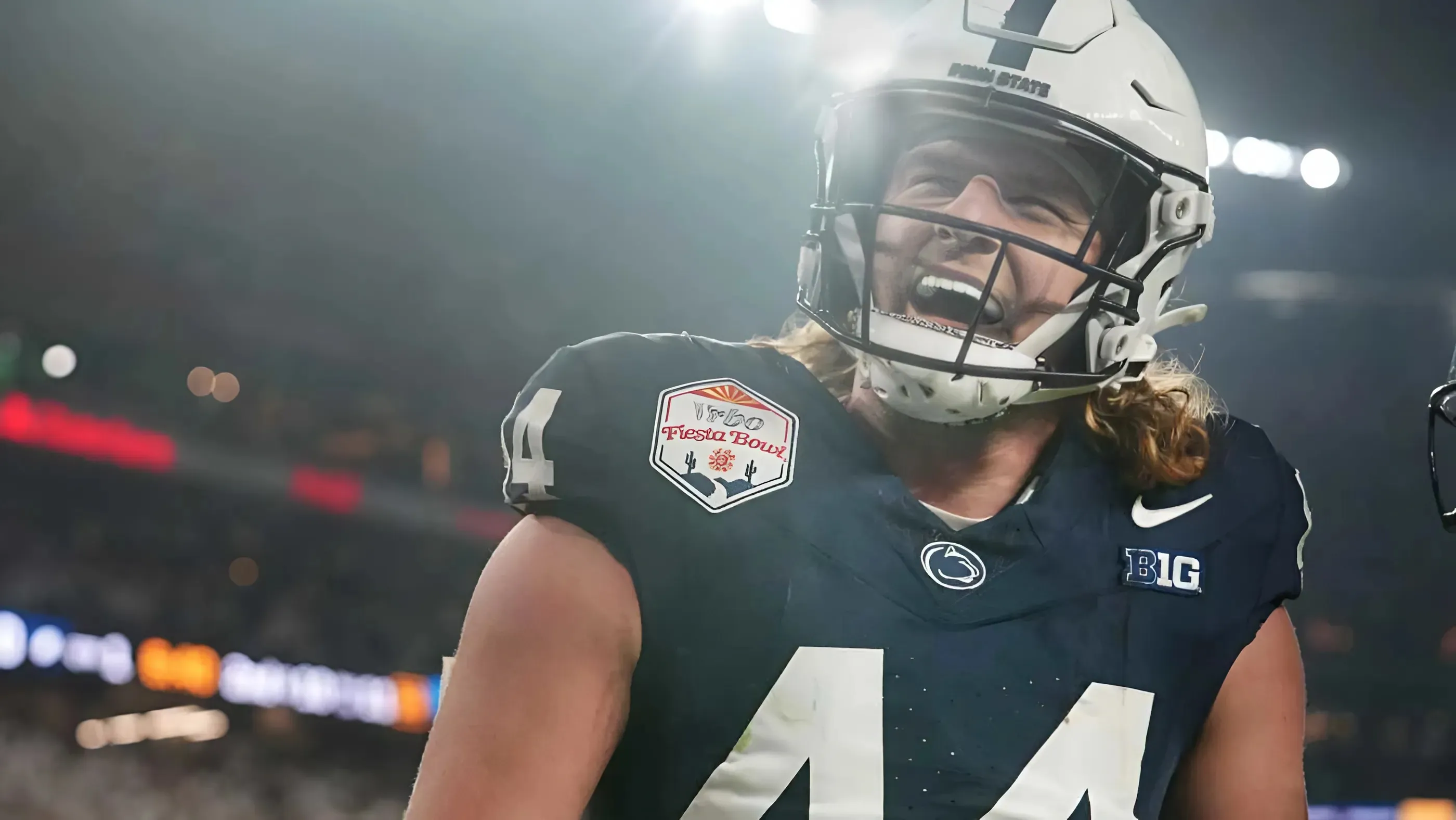In the 2025 NFL Draft, the Pittsburgh Steelers learned from their prior mistakes and avoided reaching for a quarterback in a bad class. On its own, that’s a good process, but will their patience be rewarded? Most have linked their stockpiling of draft picks to their likelihood of an aggressive trade-up next spring in the 2026 NFL Draft, in what is considered a stronger year for collegiate passers. But what are the chances that Will Howard, the team’s sixth-round selection, could be the franchise quarterback that this organization has been desperately lacking since Ben Roethlisberger’s retirement?

After transferring from Kansas State to Ohio State for his final year of college eligibility in 2024, Howard played the best ball of his career by setting career highs across the board, including passing touchdowns (35), passing yards (4,010), and yards per attempt (9.5). Beyond the box score numbers, his play under the bright lights is what put him on the draft radar, helping lead a loaded Buckeyes roster to a national championship.
Now, he takes his talents to Pittsburgh to assist a team that hasn’t even won a playoff game since 2016 — and has a very unsettled starting quarterback situation. But even in the midst of the Aaron Rodgers saga, Howard faces a significant uphill battle to land the starting gig. That has less to do with Mason Rudolph’s return to the Steel City and more to do with overcoming unlikely odds.
Howard finished as my QB6 in the 2025 NFL Draft class with a late fourth-round grade, so the Steelers getting him with the 185th overall selection was good value, in my estimation. The strengths in his profile revolve around his size at 6-foot-4, healthy pocket navigation habits, and wonderful touch and accuracy, particularly in the intermediate area of the field. He’s on the older side for a prospect, but he’s equipped with plenty of experience (44 starts), with his final campaign coming in Chip Kelly’s offense with pro-style concepts built into the passing game. It should also be noted that he’s a former team captain that had no issue earning the respect of the locker room in Columbus.

But even after a championship run, Howard will now be on the hunt to defy the odds yet again. From 2015 to 2024, there have been 58 quarterbacks drafted in the fourth round or later, with only two of them carving out starting roles in the NFL. The probability of him becoming the next hidden gem turned starting signal caller isn’t great. The two notable exceptions to have accomplished the feat are Dak Prescott and Brock Purdy. Both of those have gone on to prove all the pre-draft naysayers and teams round the league wrong in their own regard, but it’s worth acknowledging the circumstances that helped foster their rise.
For example, Prescott was ushered into Jerry World in a time frame where Tony Romo, Dallas’s long-time star, was dealing with an unfortunate back injury that ended his career prematurely. Behind a dominant offensive line and hyper-efficient rushing attack, Prescott helped lead the squad to the divisional round. As time moved on, the Cowboys began throwing more and more on his plate, with recent iterations of their offense revolving heavily around his right arm. Now entering his age-32 season, he’s accumulated three Pro Bowl selections and earned a whopping $247 million.
On the flip side, Purdy also saw early opportunity due to Trey Lance’s inability to stay healthy and quickly erased one of the organization’s biggest draft mistakes. Of course, his situation has been pretty fantastic, all things considered. San Francisco’s death star lineup of Brandon Aiyuk, Christian McCaffrey, George Kittle, and Deebo Samuel formed one of the more dangerous weaponry sets the league had seen in recent memory. Perhaps even more helpful is that he has Kyle Shanahan, one of the all-time greats, as his play caller. But unlike some of his predecessors, Purdy’s talent allowed the Niners to incorporate more of a drop-back passing game, something missing in previous iterations. That trust just earned him a $265 million contract extension.
When you take a step back and look at those two examples, there are a few recurring factors that led to their rise to stardom. Most notably, significant injuries led to early opportunities for playing time and then a great supporting cast to take the pressure off them as rookies. That’s not meant to belittle the players that Prescott and Purdy have morphed into, rather shed a light on how the stars need to align for them to reach their potential.
In Howard’s case, it’s not too difficult to imagine a world where, at 41 years old, Rodgers’ body fails to hold up over a 17-game campaign. The future Hall of Famer tore his Achilles in the 2023 season opener but also dealt with ankle/knee sprains in his return last season. At the very least, it would still take a very good training camp and preseason debut to pique the coaches’ interest enough to supplant Rudolph as the team’s top backup option.
Even aside from the quarterback position, the Steelers still have significant questions left unanswered on the offensive side of the ball. Broderick Jones has struggled immensely and is now switching back over to the left tackle spot. Opposite him will be Troy Fautanu, who is essentially a rookie after missing almost all of last season. With George Pickens being shipped off, the WR2 spot has fans seeing déjà vu from last summer. This is also a big season for offensive coordinator Arthur Smith, who has now been the architect of four straight underwhelming offenses. Unfortunately for Howard, he’s stepping into an offense that will most likely be at a talent disadvantage this fall, opposite of what his senior year was like at Ohio State.

So, Howard is going to need some really lucky breaks, in addition to improving on some of the more notable weaknesses in his game. He’ll fall victim to staring down his primary read from time to time and can get fooled by coverage rotations, which occasionally resulted in ugly turnover-worthy plays. When he’s operating in a clean ecosystem, Howard can move the ball through the air. When there’s pressure around him, his accuracy falters, and he’s not a creative second-reaction thrower that has proven that he can get his own bucket. These are somewhat fixable issues, but will he get enough live reps to correct them? It remains to be seen.
Ultimately, Howard was someone that I viewed as having high-quality backup potential despite not having a strong arm capable of driving the ball with a ton of velocity. His ability to layer the football accurately, toughness as a runner, and improved full-field processing lead me to believe that he’s going to hang around the league a long time. Ultimately, expectations should be tempered because the deck is certainly stacked against him. But if the season starts to fall off the rails for one reason or another, I certainly wouldn’t be opposed to giving him some playing time to prove that he can be more than just a depth option.
Without putting it in Sharpie just yet, the Steelers are most likely going to be selecting a quarterback in the first round of the 2026 NFL Draft. On the off-chance that Howard shocks the world, the new best-case scenario arises. They could then use all the draft capital they’ve accumulated over the past several months to build a stout roster around him. Not only that, but Howard would cost the Steelers pennies on the salary cap, giving them a significant financial advantage to other teams that are paying a premium for this position. No matter what, finding the quarterback is basically the only thing that matters for this organization over the next 12 months. It’s that important.
If it’s Howard? That’s great. But let’s not put the cart before the horse.



